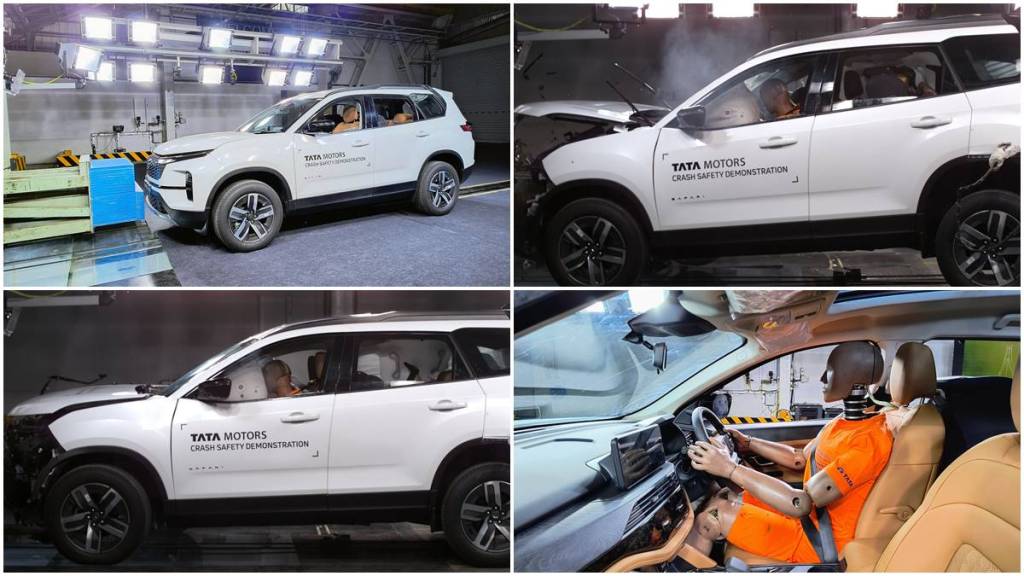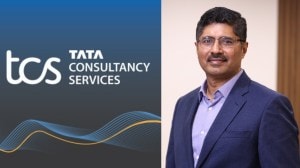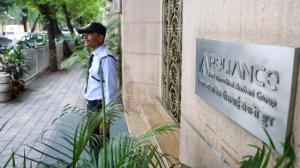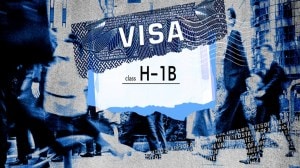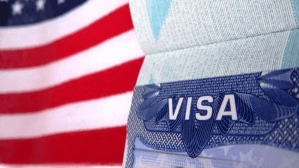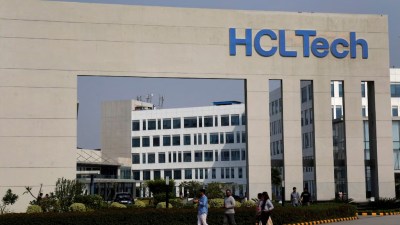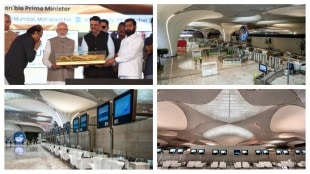Of the 100-odd car models available in India, only 13 have received 5-star crash safety rating by Global NCAP – the agency that crashes cars into a barrier to rate how safe these would be in the event of an accident.
Of these 13, one is from Hyundai (Verna), two from Volkswagen (Virtus and Taigun), two by Skoda (Slavia and Kushaq), three from Mahindra (XUV300, XUV700 and Scorpio N), and five from Tata Motors (Altroz, Nexon, Punch, Harrier and Safari).
“Getting 5-star safety for five models wasn’t an overnight job,” Mohan Savarkar, chief product officer, Tata Motors, told FE. “We’ve been working for years towards this goal.”
Last year, Tata Motors crash tested 150 cars at its facility in Pune, and every crash has made its models a bit safer. Apart from these five models, the remaining Tata line-up has at least 4-star rating. Compare that to popular models like Maruti Suzuki Swift and Wagon R (2-star rating) or the Alto (0 stars).
How does it start?
Savarkar, who took us on a tour of the facility, said that the crash test starts from the dummy – the ‘person’ sitting inside the car when it’s crashed into a barrier.
“The dummy isn’t just rubber and plastic, but a high-end model that has at least 42 sensors that individually record the impact on neck, chest, head, knees, and so on,” Savarkar said. “The readings are later studied to gauge the impact a similar accident would have on the human body, and the information is passed onto designers for making safety-related changes to future cars.”
Each dummy costs at least Rs 2.5 crore, but it can be reused – and sensors changed, if needed.
What about the car?
The vehicle used for crash is the regular model, just out of the assembly line. Dummies are placed inside as per test requirements – two passengers or a family of four, or even kids (in the Isofix child seat). The car is then pulled at high speed – via a cable – and crashed into a metal barrier. There is a long, 200-metre tunnel that allows for high speed needed for crash.
As the car is crashed, the area is lit up with extremely bright lights – more than 100,000 lux – and the process is recorded in about 10 high-speed cameras all around, and five inside the car.
“We do different kinds of tests – head-on frontal impact, offset frontal impact, side impact and side-pole impact,” Savarkar said. “The most common is the offset frontal impact done on a car travelling at 64 km/h.”
Can simulations replace crash tests?
Over the years, simulations are getting better – they are very near real crash tests, but Savarkar said crash tests are needed because even after the best simulation, a crash test produces a surprise or two. “We can simulate some aspects of an accident via our Servo Acceleration Sled facility and even digital simulation, but a real crash test is needed to understand the minutest details of an impact,” he said.
Is active safety compromised?
Car safety is branched under two sections: active and passive.
Good-quality brakes that wouldn’t let an accident happen in the first place are an active safety feature. A strong body shell that saves passengers after an accident has happened is a passive safety feature.
A strong body shell usually means high-strength steel or other metals, which are heavy, and a heavier car implies it will have a longer braking distance (due to inertia). So, is active safety compromised in a 5-star-rated car?
Savarkar disagrees. “While this may be the case theoretically, our models are intrinsically designed to meet 5-star safety,” he said. “This means that as the car is being planned or designed, the material used, the crumple zones planned, the overall architecture … everything is planned in a way that high body strength and passenger safety is achieved without adding much weight to the car.”
Driver incompetence
There may be instances when a driver ‘feels’ he is in a safe car and may drive without seatbelts or at very high speed – in such cases, the ‘crash competence’ can be nullified by ‘driver incompetence’. Savarkar agreed that such instances cannot be ruled out, and that’s why Tata Motors has been regularly organising social education programmes at the dealership level. “This implies that automotive safety is a collective task – of the government, city planners, infrastructure developers, OEMs, and the public at large,” he said. “I think in a generation of two that change, that safety-first attitude will develop amongst us.”
